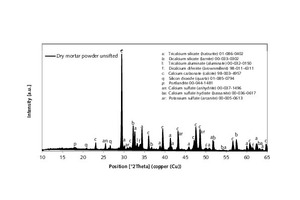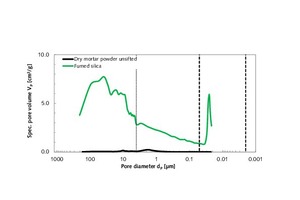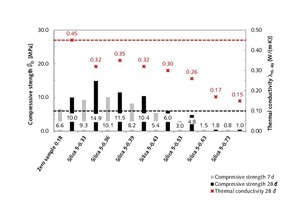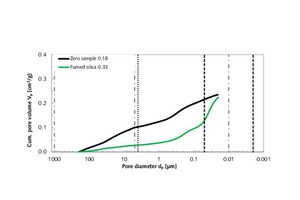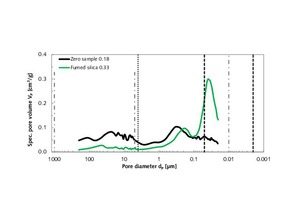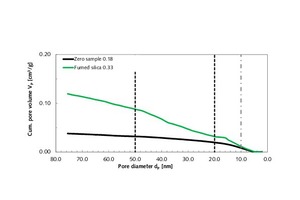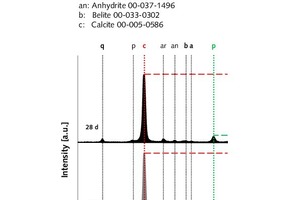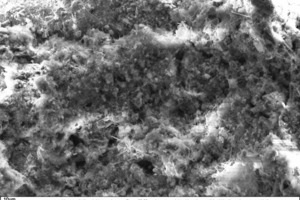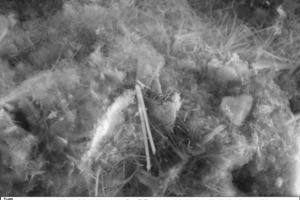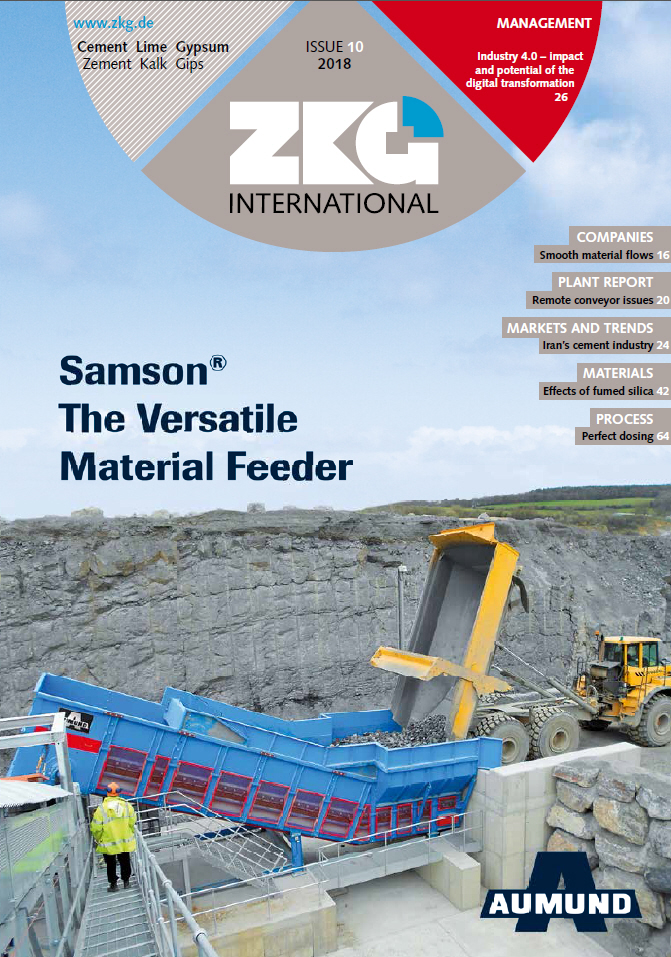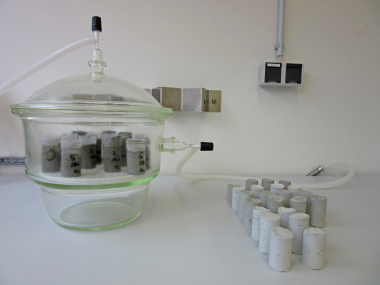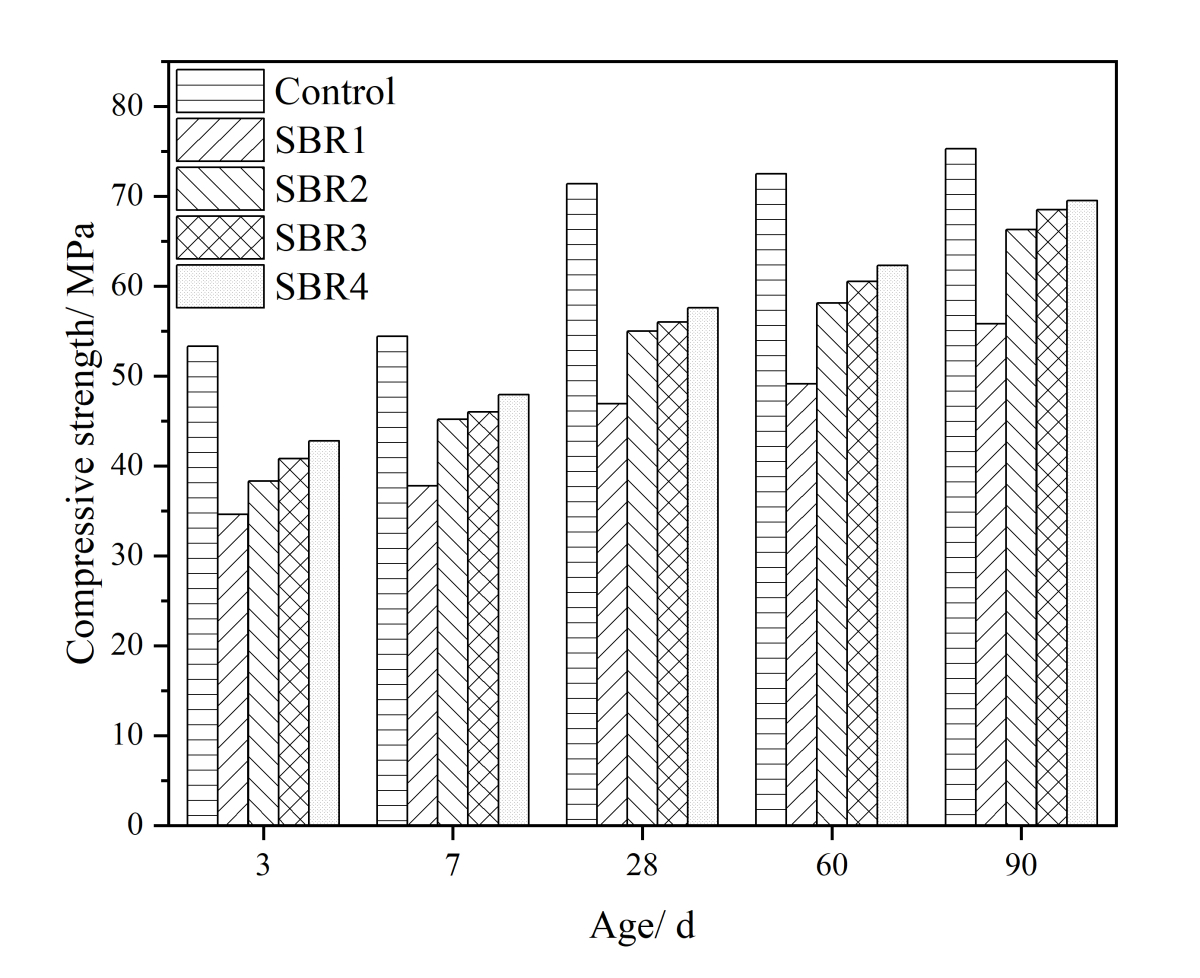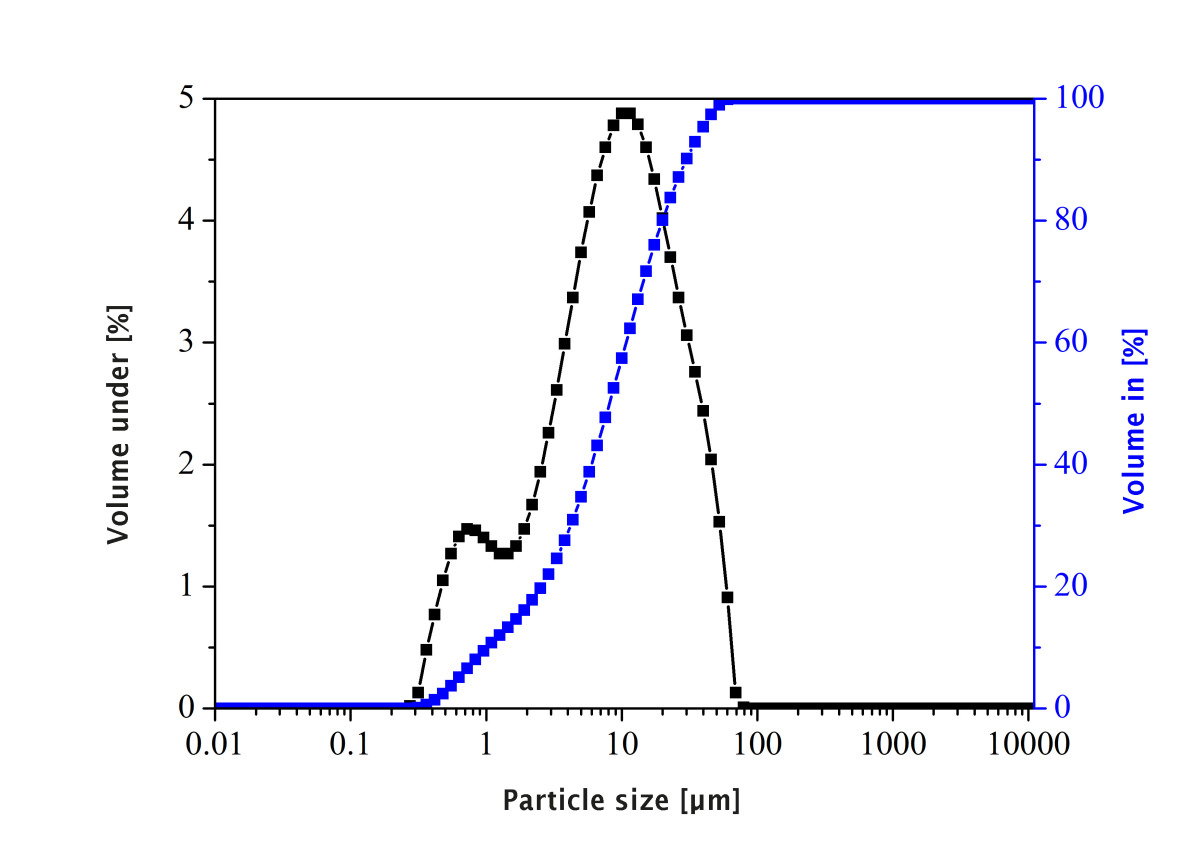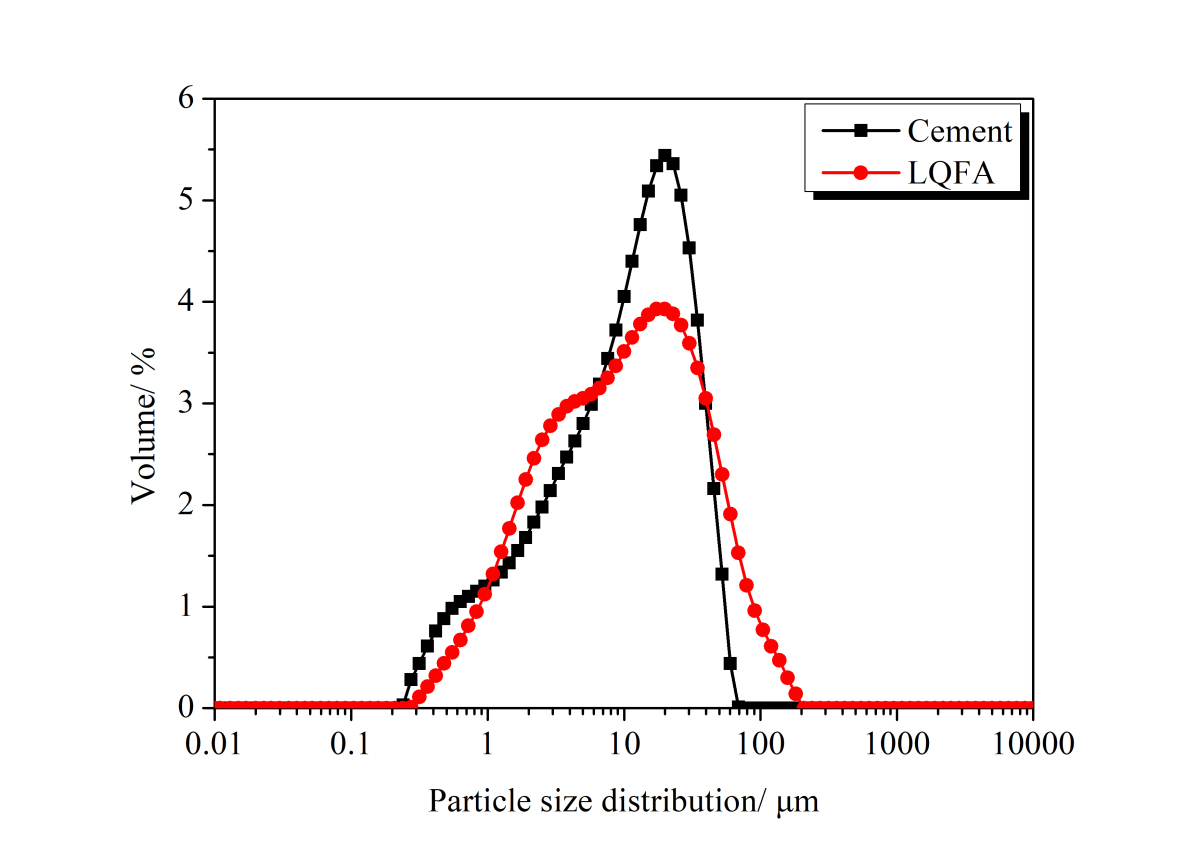Effects of fumed silica on material engineering parameters of external rendering, with special emphasis on thermal conductivity and compressive strength
A 5 vol.% addition of fumed silica is seen to reduce the thermal conductivity of a CS IV plinth render by nearly 29 %, from λ10, dry = 0.45 to 0.32 W/(m·K). At the same time, the compressive strength improved by 49 %, from 10.0 to 14.9 MPa. The higher the pore volume ratio, the more successfully the thermal conductivity can be reduced. The gain in compressive strength can be attributed to portlandite decomposition, i.e., to the pozzolanic reaction between the calcium hydroxide and the fumed silica.
1 Introduction and objectives
The main prerequisite for energy-efficient operation of residential and non-residential buildings is that they are appropriately insulated against heat loss. While modern, highly insulative wall building materials can always be used for new buildings, the walls of existing structures require a subsequent energy efficiency upgrade. The thermal resistance of the walls can be improved by installing (additional) interior or exterior thermal insulation and/or by applying plaster and render with superior thermal insulation properties. Highly insulative render contains a...

